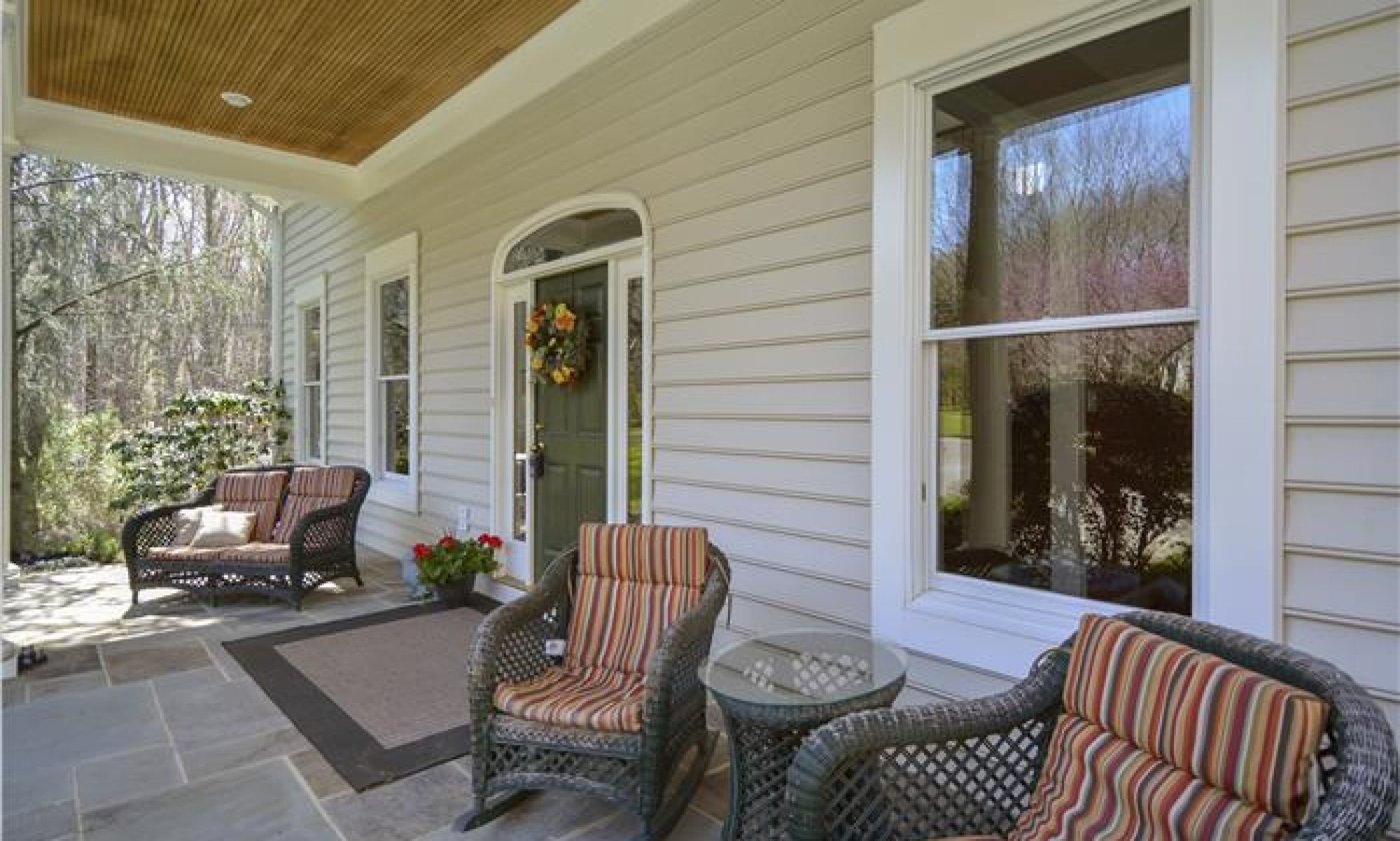by Dan Krell © 2013
Google+
DanKrell.com
 As the real estate market is emerging and more homes are listed for sale, staging a home is once again becoming a popular topic of conversation. Home staging is often thought of as a fancy name for decorating or cleaning a home prior to it being sold. In fact, “home staging” is a term that is used to describe the process of preparing your home for sale that goes beyond normal maintenance. The purpose of “staging” is to make your home as appealing as possible to potential home buyers so your home can sell quickly. Surveys conducted by the Accredited Staging Professionals a (StagedHomes.com) and Homegain (Homegain.com) indicate that staged homes sell faster than non-staged homes.
As the real estate market is emerging and more homes are listed for sale, staging a home is once again becoming a popular topic of conversation. Home staging is often thought of as a fancy name for decorating or cleaning a home prior to it being sold. In fact, “home staging” is a term that is used to describe the process of preparing your home for sale that goes beyond normal maintenance. The purpose of “staging” is to make your home as appealing as possible to potential home buyers so your home can sell quickly. Surveys conducted by the Accredited Staging Professionals a (StagedHomes.com) and Homegain (Homegain.com) indicate that staged homes sell faster than non-staged homes.
Although home staging has been around for over thirty years, it only gained wide acceptance this last decade. Many home staging techniques are derived from interior design; home stagers often sketch rooms to analyze the best use of space.
Staging your home’s exterior is just as important as staging the interior because a home buyer’s mood is set by their first impressions. You should consider the condition of your home’s landscape, façade, roof and gutters. Unkempt flower beds and cracked walkways can quickly give the impression that the home is in disarray. Additionally, missing shingles and misaligned gutters give the impression that the home has been poorly maintained.
The basics of home staging include de-cluttering, rearranging, and sometimes redecorating. Home sellers often have tunnel vision about their homes. Removing the clutter of your daily life from your home is the cornerstone to home staging. De-cluttering goes beyond cleaning and storing unused items. Because home buyers can get distracted by the home seller’s lifestyle when viewing a home, home stagers talk about “depersonalizing” a home.
You may have spent years making your home personal to your lifestyle, however now that you are selling it you need to depersonalize it. Depersonalization means to neutralize your home by removing as much of your lifestyle as possible from the home so anyone can feel as if this could be their home. Personal items, such as family photos, can focus the home buyer’s attention on your lifestyle and away from the home.
Additionally, the layout of each room needs to be considered so it feels bright and roomy. Properly placed furniture can assist home buyers to feel at ease and “at home.” Too much furniture in any room tends to make a large room look small and feel cramped. Additionally, misplaced furniture can make a room feel awkward and unsettling.
Let’s face it, sometimes a room needs a makeover. However, redecorating does not have to be an expensive affair. Sometimes having an extra lamp or even painting a wall can make the difference between shabby and chic. If your furniture is out of date or in poor condition, inexpensive furniture rentals can be a short term solution.
If your home vacant, staging each room tastefully can possibly facilitate a sale. An Appraisal Institute study indicated that a decorated home sells faster than an empty home.
Although many real estate agents have been certified in home staging, professional home stagers usually have a background in interior design. The International Association of Home Staging Professionals (IAHSP.com) is a source of information about home staging, including tips on staging your home as well as finding a home staging professional.
More news and articles on “the Blog”
![]()
This article is not intended to provide nor should it be relied upon for legal and financial advice. This article was originally published the week of July 1, 2013 (Montgomery County Sentinel). Using this article without permission is a violation of copyright laws. Copyright © 2013 Dan Krell.
